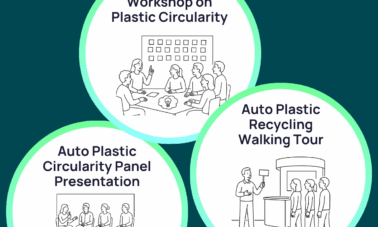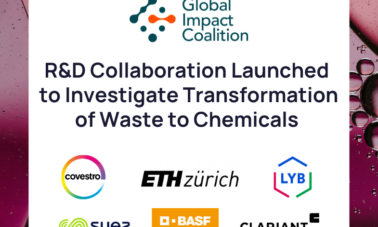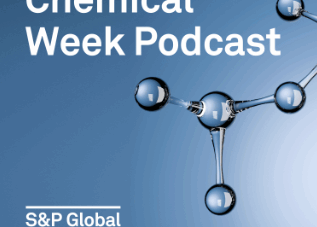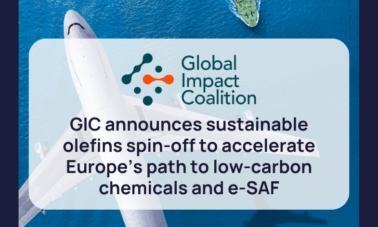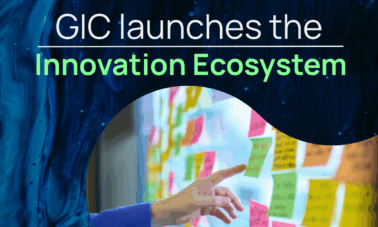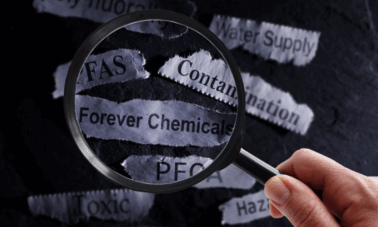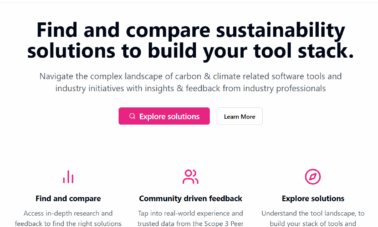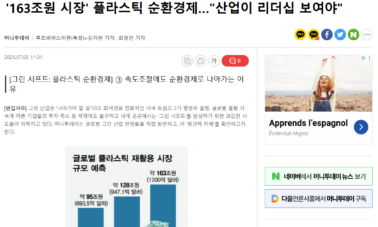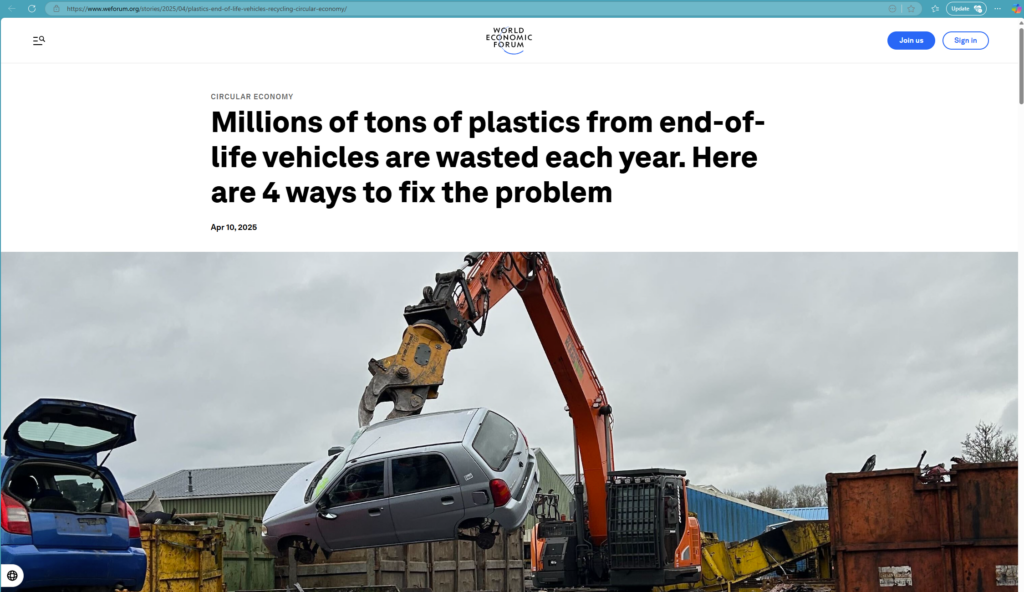
Millions of tons of plastics from end-of-life vehicles are wasted each year. Here are 4 ways to fix the problem
By Charlie Tan from GIC and Vuk Trifkovic from BCG X.
- Over 800,000 metric tons of plastic from end-of-life vehicles in Europe end up in landfills or incinerators each year.
- However, despite the automotive industry’s sustainability commitments, less than 20% of these plastics are recycled.
- The Global Impact Coalition’s Automotive Plastics Circularity project is working on recycling ELV plastics more efficiently.
Each year, more than 800,000 metric tons of plastic from end-of-life vehicles (ELVs) in Europe alone end up in landfills or incinerators. Despite the automotive industry’s sustainability commitments, less than 20% of these plastics are recycled today.
This waste represents not just an environmental burden, but a lost opportunity to create a circular economy for automotive plastics in vehicles that have reached the end of their useful life.
Closing the loop on ELV plastics requires a fundamental shift in how we collect, process and value these materials. Four key areas must be addressed to drive real change:
1. Rethinking the value chain: from waste to resource
Unlike metals, which have well-established recovery systems, ELV plastics are often mixed, contaminated or difficult to sort efficiently. To unlock their potential, the industry must shift from treating them as waste to valuing them as a resource.
A key step is sorting plastics at the dismantling stage. Instead of shredding entire vehicles and extracting plastics later, organizing materials by polymer type and part function can improve plastic quality and recyclability.
The Global Impact Coalition (GIC) Automotive Plastics Circularity pilot is pioneering this approach. In this pilot, eight companies – BASF, Covestro, LG Chem, LyondellBasell, Mitsubishi Chemical Group, SABIC, SUEZ, and Syensqo – are collaborating across the chemical industry and with dismantlers, sorters and shredders on a new method to sort, aggregate and process ELV plastics more efficiently.
By first clustering plastic parts according to their principal polymer typology, and keeping these clusters separated along the value chain, ELV plastics can be more easily recycled with higher purity levels. This real-world pilot demonstrates how a systemic approach can transform discarded ELV plastics into a high-quality feedstock for new materials.
To read the full article, click here.
And watch the video, click on the image below:


